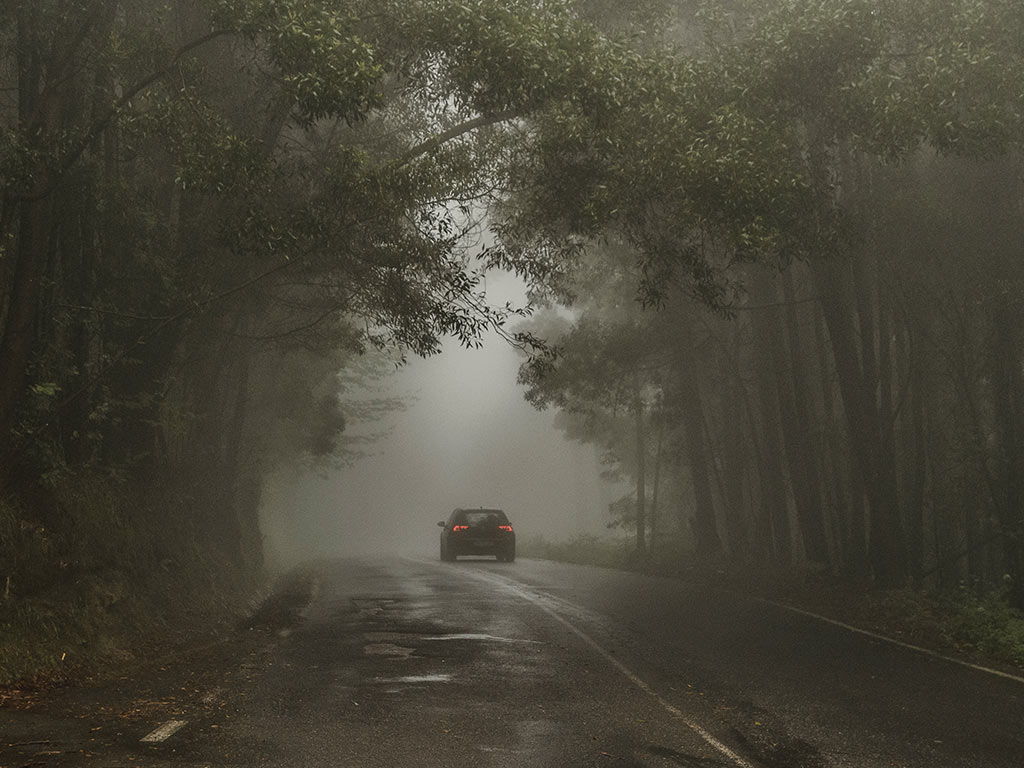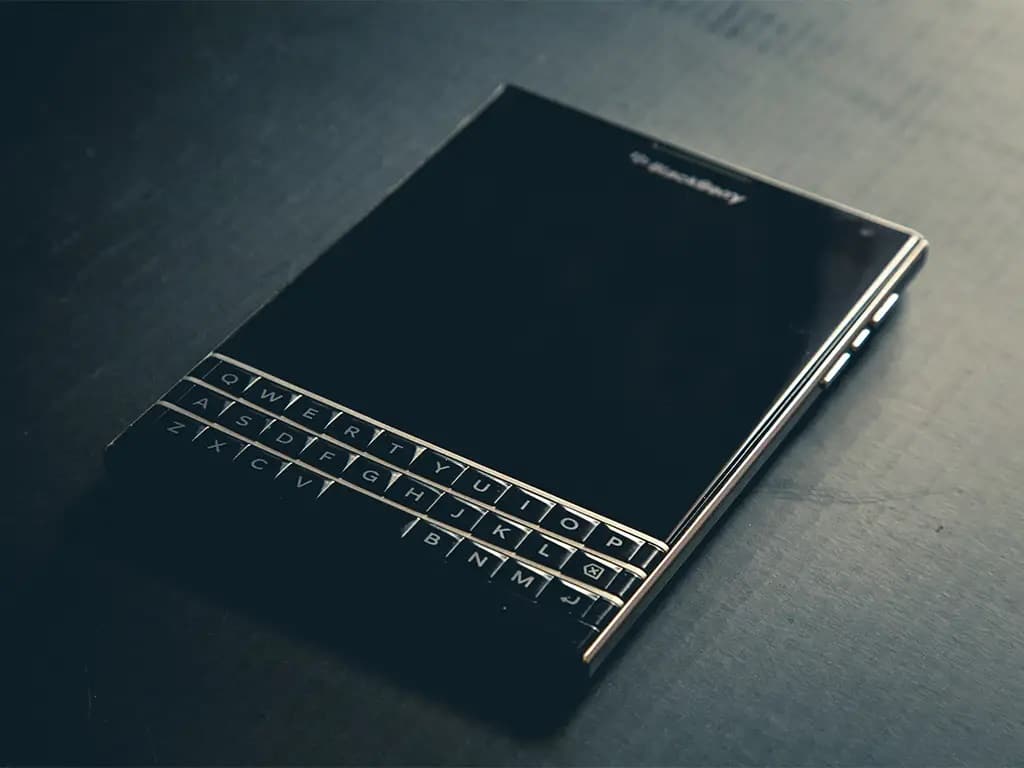BreezoMeter, an environmental tech company from Israel, is patenting ways to predict when a vehicle will encounter air pollution, and implement protective measures for passengers.
Air pollution kills at least 4.2 million people every year, according to World Health Organization estimates. This includes deaths from stroke, heart disease, lung cancer or chronic respiratory diseases. WHO air quality guidelines say that the healthy limit for the 24-hour mean concentration of fine particulate matter is 25 μg/m³. Correspondingly, the threshold for coarse particulate matter is 50 μg/m³.
Problem is, the air is not good enough, per WHO standards, for around 91% of the world’s population. In 2014, the agency labeled air pollution the world’s “single biggest environmental health risk”.
The vast majority of people live in places where the mere act of breathing is a slow and insidious killer. One may intuitively point to urban areas, and they would not be far off the mark. Despite accounting for less than 2% of the Earth’s surface, cities contribute over 60% of greenhouse gas emissions. And the main culprit for climate change is set to keep growing: urban areas are projected to house 68% of the global population by 2050.
A 2015 U.S. study confirms how total on-road CO₂ emissions increase with population density. Traffic congestion is a guaranteed feature in most big cities, and every person stuck in their vehicle is just as susceptible to air pollution as the pedestrian walking through smog. A car is no bubble against the outside’s harmful fumes—it is an incubator. BreezoMeter suggests leveraging data to help urban travelers breathe easier.
![A schematic illustration of an exemplary map, showing polluted areas [120, 140] along a car’s [110] driving path [105]. It also displays a clean area [130] and respective locations [124].](https://parolaanalytics.com/wp-content/uploads/2021/08/A-schematic-illustration-of-an-exemplary-map.jpg)
A schematic illustration of an exemplary map, showing polluted areas [120, 140] along a car’s [110] driving path [105]. It also displays a clean area [130] and respective locations [124].
BreezoMeter’s system comprises a method, apparatus, and computer program that perform reactive ventilation or prevention operations to air pollution in a moving vehicle. The process begins with obtaining the car’s driving path and its relevant real-time air pollution data.
The system predicts whether the vehicle will encounter air pollution at levels above a predetermined threshold. It accounts for the car’s estimated time of arrival at the target destination, the area’s estimated air pollution level around the ETA, and historical pollution data along the driving path.
A vehicle predicted to enter polluted areas is then instructed to carry out preventive measures that help keep harmful emissions from reaching the passenger cabin. These may include activating an air purifier, closing one or more windows, or delaying the car’s arrival to at least one future location. The vehicle’s air conditioning system may also turn on and modify its operation to better circulate internal air within the cabin. Additionally, an alternative route may be determined to avoid entering the polluted area.
If a high concentration of particulate matter is detected inside the car, ventilation actions are implemented, including the aforementioned A/C operation and opening one or more windows. This step requires an air pollution sensor inside the passenger cabin. A vehicle equipped with the sensor may also share, via a cloud-based service, its internal air pollution readings to drivers taking the same route.
BreezoMeter says these reactive operations that make use of monitoring services for air pollution can help cut down on serious health risks for vulnerable populations such as children, the elderly, pregnant women, as well as people with heart and respiratory diseases. The company specializes in technology that applies a unique methodology for generating data on people’s exposure to polluted air.
The featured patent application, “Reactive Operations to Air Pollution”, was filed with the USPTO on February 11, 2020 and published thereafter on August 12, 2021. The listed applicant is BreezoMeter Ltd. The listed inventors are Ran Korber and Emil Fisher.






